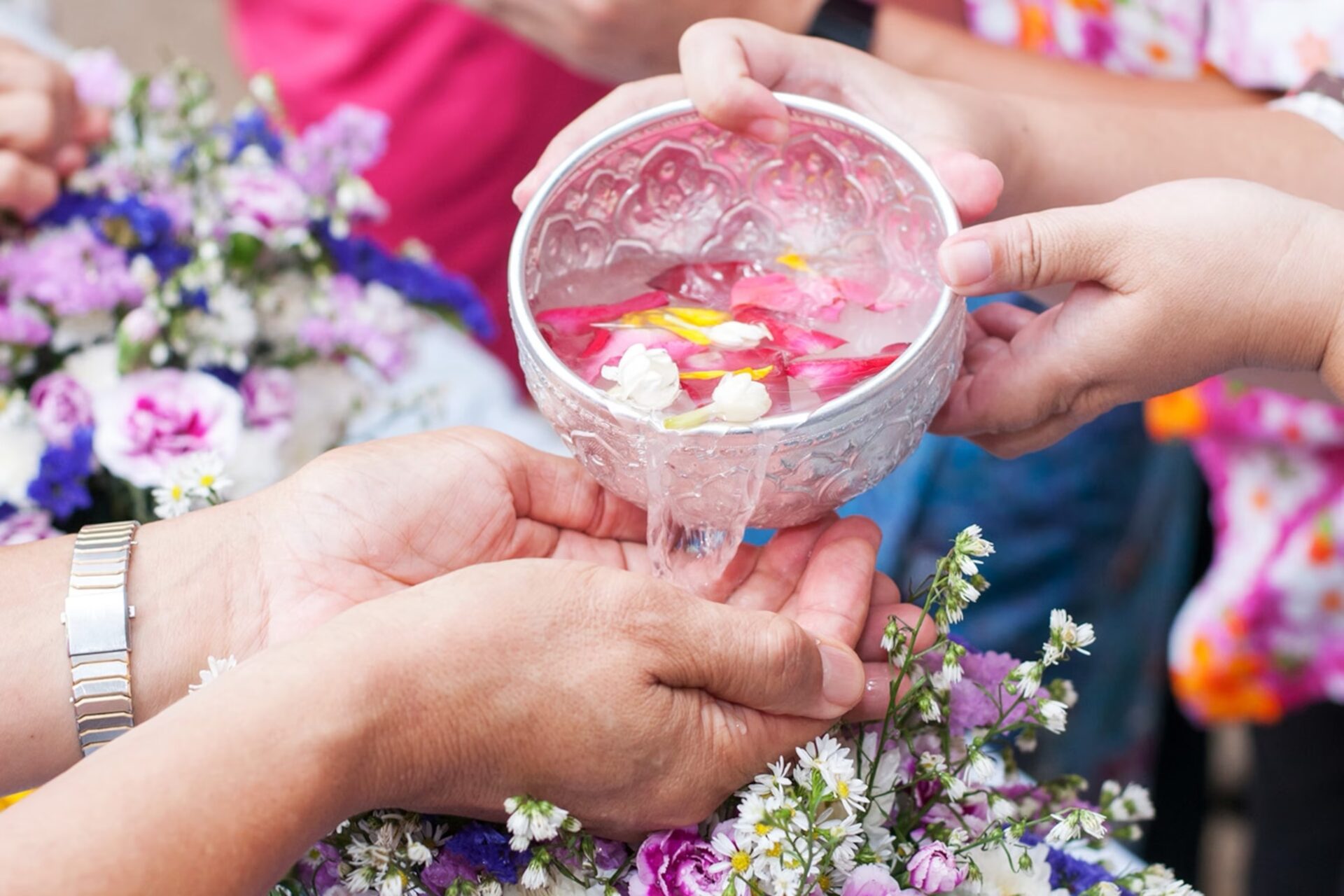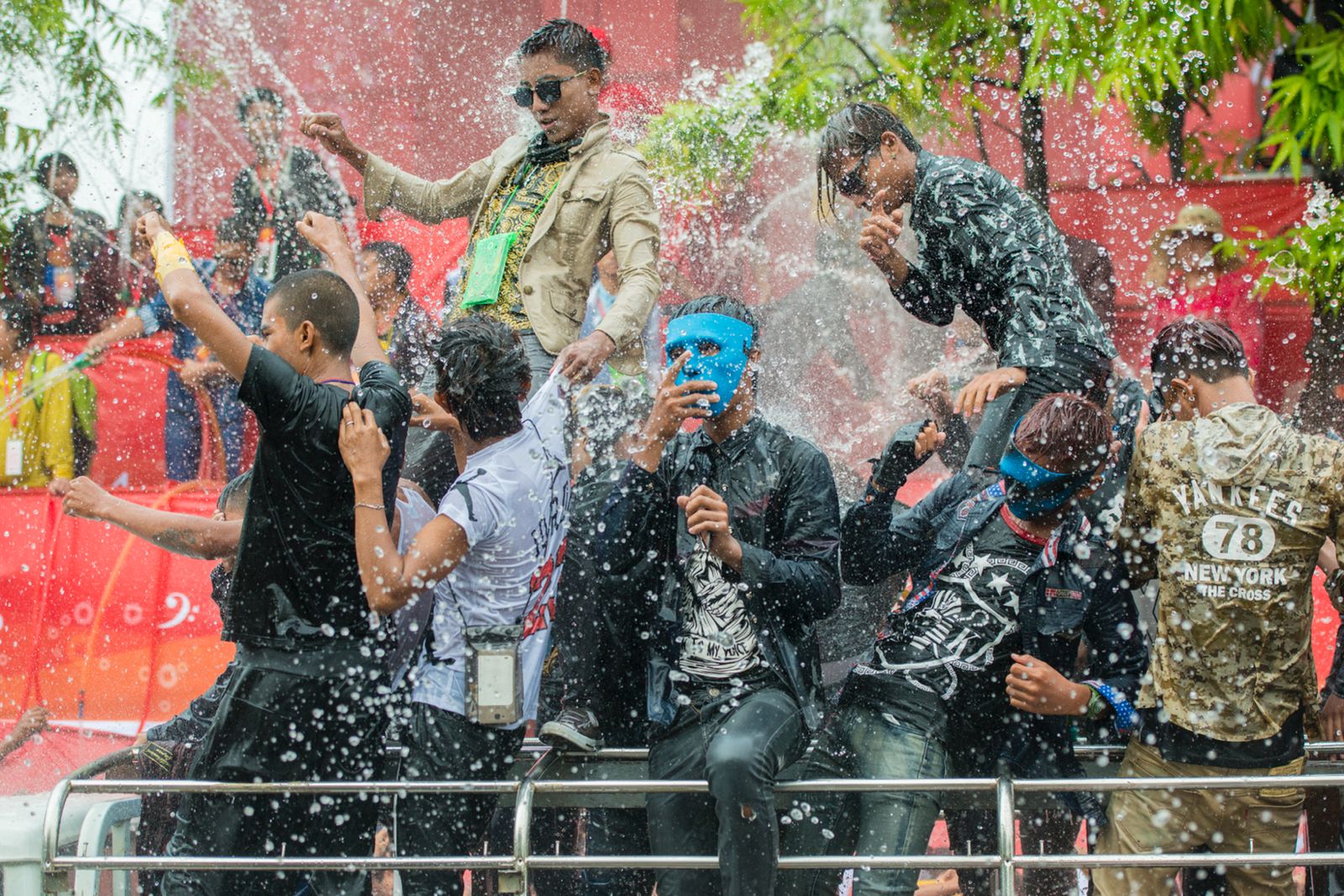Sangkran Festival By VPI Pacific
SONGKRAN: The Water Festival in Thailand
Songkran, also known as the Water Festival, is one of the most significant celebrations in Thailand. This festival marks the beginning of the New Year according to the Buddhist lunar calendar and is celebrated annually from April 13th to 15t,
The Songkran Festival, also known as Thai New Year, has deep roots in Thai culture and tradition. Originating from the ancient practice of honoring the sun’s passage into the zodiac sign of Aries, it marks the beginning of the traditional Thai calendar’s new year. The word “Songkran” is derived from the Sanskrit word “samkranti,” meaning “to move or change.”
Origins and Meaning
Historically, Songkran was a time for Thai people to pay homage to their ancestors, elders, and Buddhist monks by pouring scented water over their hands and Buddha statues as a symbol of purification and respect. This ritual was believed to bring blessings for the upcoming year and wash away any misfortunes of the past.
Over time, the festival evolved into a joyous celebration characterized by water fights and lively street parties, particularly in urban areas like Bangkok and Chiang Mai. The throwing of water symbolizes the cleansing of one’s sins and bad luck, as well as the welcoming of the rainy season essential for agricultural prosperity in Thailand.
Tourism Impact
Beyond its cultural significance, Songkran has become a major tourist attraction, drawing visitors from around the world to experience its unique blend of tradition, spirituality, and revelry. Despite its modern-day festivities, the essence of Songkran remains deeply rooted in the values of gratitude, respect, and renewal.
Rituels and Traditions
In Thailand, there is a cultural tradition known as “building sand pagodas” or “sand stupas” that has a connection to both sand and temples during the Thai New Year, Songkran. During Songkran, which is celebrated in mid-April, people visit temples to make merit, offer prayers, and perform rituals. As a symbolic gesture of respect and gratitude to the Buddha, many people bring sand to the temple grounds and sculpt it into intricate designs resembling pagodas or stupas. This practice is believed to bring good luck and prosperity for the coming year.
The act of building sand pagodas at temples during Songkran combines religious reverence with community engagement and artistic expression. It’s a way for people to come together, connect with their spirituality, and celebrate the arrival of the new year in a culturally significant manner. Additionally, the sand used in this tradition also serves a practical purpose by replenishing the temple grounds, which may have been eroded or washed away over time.
So, the connection between sand, temples, and the Thai New Year lies in this unique cultural tradition observed during Songkran, where sand is used as a medium for both religious expression and communal celebration at temples across Thailand.










I’d should check with you here. Which is not something I normally do! I take pleasure in reading a put up that can make folks think. Additionally, thanks for permitting me to remark!